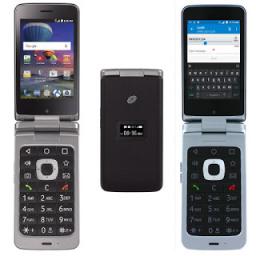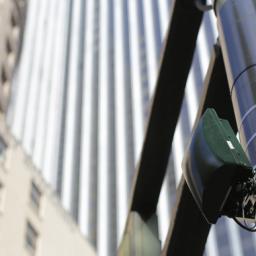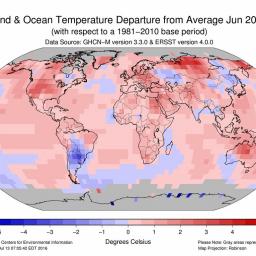First US Android flip phone launched
 The first Android flip phone to be sold in the US is here. TracFone's ZTE Cymbal T is now available to order, today, from Best Buy at the early adopter price of $100. Other than having a flip phone form factor, the Cymbal is a typical entry-level Android phone with a nameless quad-core processor, 3.5 inch 320i-480px screen, 8GB (3GB usable) of internal memory, 1GB of RAM and Android 5.1.1 Lollipop. There's a memory card slot, a 5MP camera and a removable battery. The Cymbal runs on the Verizon network and includes 4G LTE support.
The first Android flip phone to be sold in the US is here. TracFone's ZTE Cymbal T is now available to order, today, from Best Buy at the early adopter price of $100. Other than having a flip phone form factor, the Cymbal is a typical entry-level Android phone with a nameless quad-core processor, 3.5 inch 320i-480px screen, 8GB (3GB usable) of internal memory, 1GB of RAM and Android 5.1.1 Lollipop. There's a memory card slot, a 5MP camera and a removable battery. The Cymbal runs on the Verizon network and includes 4G LTE support.The ZTE Cymbal is quite large for a flip phone at 4.72i-2.40i-0.72 inches. Compared with the Classic Motorola RAZR V3, the Cymbal is almost an inch taller, and obviously wider and thicker. On the other hand, at 3.5 inches, the screen is small when compared with most current phones. While there is a roomy physical keyboard, it's only used for dialing phone numbers, the smallish on screen QWERTY keyboard is used for texting and other text entry.

